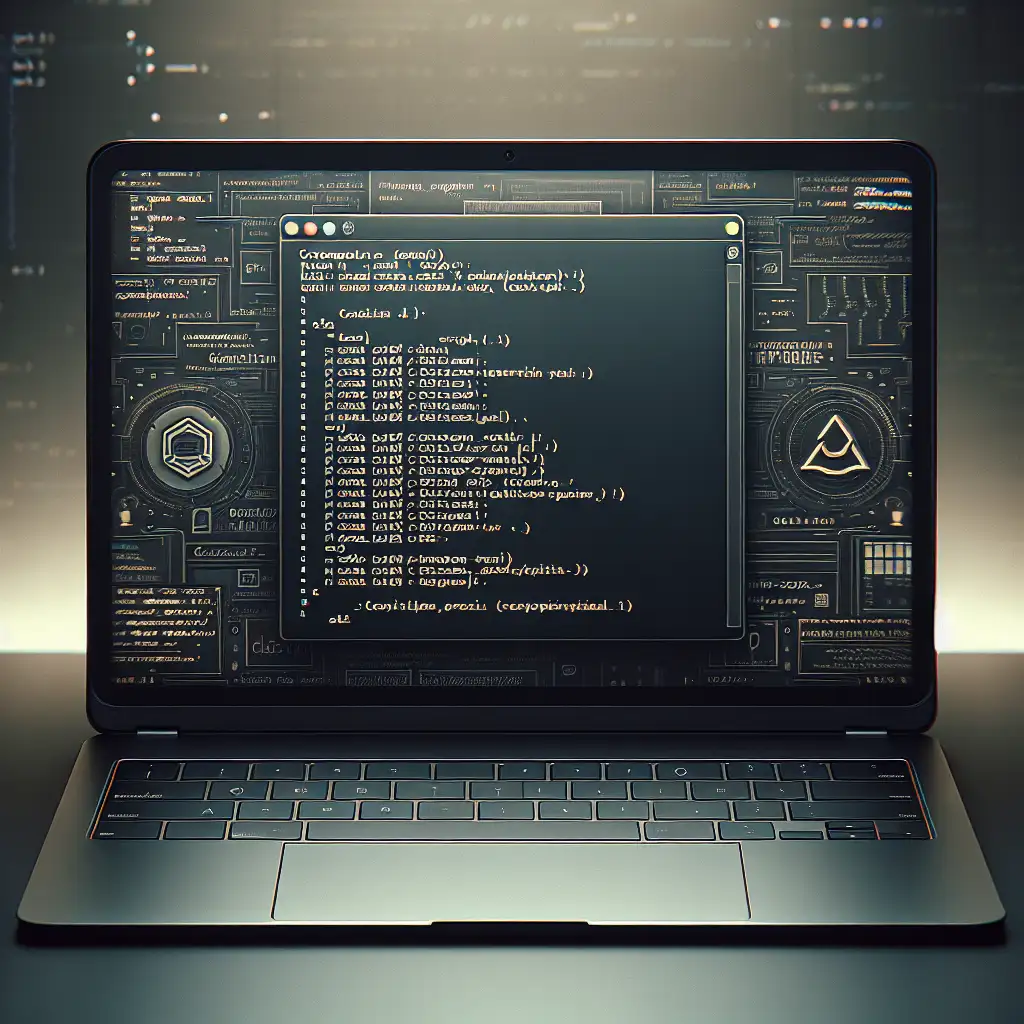How To Open Terminal On Chromebook
Chromebooks, commonly underestimated as web-only devices, are built on a Linux kernel. Gaining access to a terminal means leveraging that foundation—running binaries, customizing environments, or troubleshooting where the GUI falls short. If you’re building with Docker, deploying code remotely, or digging into system internals, native terminal access is essential.
Terminal Access: Architecture
Out of the box, Chrome OS limits shell access. There are two terminal layers:
- Crosh: Chrome Shell, running in a limited sandbox; suitable for diagnostics and some lightweight scripting.
- Crostini (Linux development environment): Full Debian-based container, enabling standard Linux toolchains.
Enabling Crostini effectively converts the Chromebook into a portable development node.
Step 1: Enable Linux (Crostini) Environment
Critical: This function is only present on supported ARM/Intel Chromebooks released after ~2018.
Procedure:
- Select the system tray (lower-right), then the ⚙️ Settings icon.
- In the left sidebar, scroll to or type
"Linux"in the search box. - Click
Turn onunder “Linux development environment (Beta)”. - Assign a username—preferably matching your deployment/environment conventions.
- Default disk size is 5GB, but allocate more if you plan to install IDEs, Docker images, or build artifacts.
- Install waits around 1–4 minutes depending on connectivity; base distro is Debian 11 (bullseye as of Chrome OS 119+).
Known Issue: On older devices, Crostini may be missing entirely.
Step 2: Launch the Terminal
The Linux terminal instantiates as a graphical app, not a classic VT.
- Open the Launcher (circle, lower-left).
- Locate the app labeled “Terminal”—alternatively, start typing
Termand select the match. - An initial prompt appears:
user@penguin:~$useris your selection from setup;penguinrefers to the main Crostini container.
Gotcha: Terminal window does not persist across reboots. Scripts or running services must be installed as systemd user services or backgrounded with nohup.
Crosh: Embedded Chrome Shell
For network diagnostics or Chrome OS system-level commands, use Crosh:
- Hotkey:
Ctrl + Alt + T - The prompt displays:
crosh> - To access a lower-level shell (if allowed), type
shell. Note: This command is disabled if "Developer Mode" is off.
Common Crosh scenarios:
- Network diagnostics:
network_diag - Tracing hardware:
top,storage_status
Caveat: Crosh lacks most GNU/Linux binaries; apt/yum unavailable.
Real-World Task: Updating the Debian Environment
Chromebooks inherit out-of-date repo snapshots. Always run:
sudo apt update && sudo apt upgrade -y
-yskips prompt; useful for unattended scripts.- Errors such as:
may occur—resolve withW: GPG error: ... NO_PUBKEY ...sudo apt-key adv --keyserver keyserver.ubuntu.com --recv-keys <PUBKEY>.
It’s worth adding Bash aliases in ~/.bashrc for repetitive package tasks.
Non-Obvious Details
-
Default File Mapping: Chrome OS “Downloads” mounts to
/mnt/chromeos/MyFiles/Downloads/, not$HOME. Symlink for easier CLI access:ln -s /mnt/chromeos/MyFiles/Downloads ~/Downloads -
Installing Dev Tools: Docker is partially supported (depends on Chrome OS version and device flags). For typical workflow:
sudo apt install build-essential git vimSome GUI apps (e.g., GIMP) will appear in the launcher after install via apt, but GPU acceleration is inconsistent.
-
Clipboard Integration:
Ctrl+C/Ctrl+Vworks between host and Crostini, but X11 apps may ignore it withoutgpmor additional configuration. -
Unstable/Alternate Channels: There are “Canary” and “Developer Mode” hacks for root shell access, but these can permanently weaken device security. Not recommended unless you’re intentionally sandboxing the Chromebook.
Summary Table
| Terminal | Access Key / Method | Functionality | Limitations |
|---|---|---|---|
| Crosh | Ctrl+Alt+T | Chrome OS diagnostics | No package manager, sandboxed |
| Linux/Crostini | Launcher > Terminal | Full Debian environment | Requires compatible device |
Practical Use Case: Editing a File in Downloads
nano ~/Downloads/config.yaml
This opens config.yaml from the host’s Downloads folder. For batch file operations, mount other storage using sshfs or access Google Drive via the GUI (no native fuse-google-drive yet).
Final Note: The Crostini terminal delivers nearly the same experience as running Debian in a lightweight VM—good enough for development, scripting, and package management. However, for heavy containerization or virtualized workloads, expect resource ceilings (notably constrained CPU/memory, minimal kernel module customization).
Encounter Crostini start failures, or terminal GUI crashes? Check /var/log/messages in the Linux environment, or run vmc list and vmc launch from Crosh—those logs usually reveal misconfiguration or quota issues.
